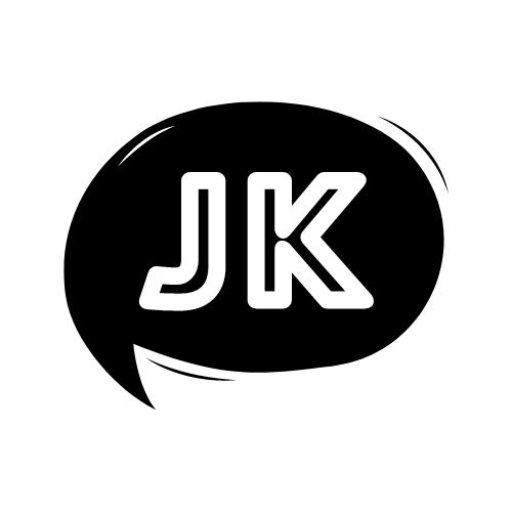In today’s fast-paced work environment, managing time effectively is crucial to achieving productivity and maintaining a healthy work-life balance. While numerous tools and techniques are available, one often overlooked resource is the humble calendar. By maximizing the potential of your calendar, you can better organize your schedule, improve collaboration with colleagues, and enhance your overall job performance.
Embrace Time Blocking
One effective way to harness your calendar’s power is through time blocking. Rather than relying on a generic to-do list, allocate specific time slots for different tasks and activities. This method helps you prioritize your workload and visually represent your day, doing planning and managing time easier. You can minimize distractions and maximize productivity by dedicating focused blocks of time to specific tasks.
Utilize Color-Coding
Color-coding your calendar can be a game-changer regarding organization and efficiency. Assign distinct colors to different categories, such as meetings, deadlines, personal commitments, etc. This visual distinction lets you quickly identify and differentiate between various events and tasks. Moreover, color coding helps you maintain a balanced schedule and ensures that you allocate sufficient time to critical activities without neglecting others.
Incorporate Buffer Time
An often overlooked aspect of calendar management is incorporating buffer time between appointments and tasks. While tempting to fill your calendar, this approach can lead to burnout and decreased productivity. Allowing buffer time creates space for rest, reflection, and dealing with unforeseen issues that may arise during the day. Building in these cushion periods will help you maintain a more realistic and sustainable schedule.
Leverage Scheduling Tools and Integrations
To streamline your calendar management process, take advantage of scheduling tools and integrations available in today’s digital landscape. These tools can automate the scheduling of meetings, sync your calendar across devices, and send reminders for upcoming events. Explore options such as Calendly, Doodle, or Microsoft Outlook’s scheduling assistant to simplify the coordination of meetings and optimize your time.
Share and Collaborate
Collaboration is vital to many professional environments, and your calendar can facilitate this process. Share your calendar with colleagues, supervisors, or team members to enhance transparency and streamline coordination. This lets others see your availability and helps them schedule meetings and plan projects more efficiently. Consider leveraging collaborative calendar tools like Google Calendar for seamless scheduling and effective team collaboration.
Prioritize Self-Care
Your calendar should be filled with work-related commitments and include time for self-care and personal well-being. Incorporate exercise, relaxation, and hobbies into your schedule to maintain a healthy work-life balance. By proactively allocating time for self-care, you can avoid burnout, improve focus and creativity, and ultimately enhance your job performance.
Regularly Review and Adjust
Finally, regularly reviewing and adjusting your calendar is essential to ensure its continued effectiveness. Assess your calendar at the end of each week or month to evaluate your productivity, identify areas for improvement, and make adjustments. This practice allows you to adapt to changing priorities, address time management challenges, and refine your scheduling strategies over time.
Optimizing your calendar can significantly improve your efficiency and effectiveness in the workplace. You can better manage your schedule and minimize stress by embracing time blocking, color-coding, and incorporating buffer time. Leveraging scheduling tools and sharing your calendar promotes collaboration while prioritizing self-care and ensuring healthy work.

